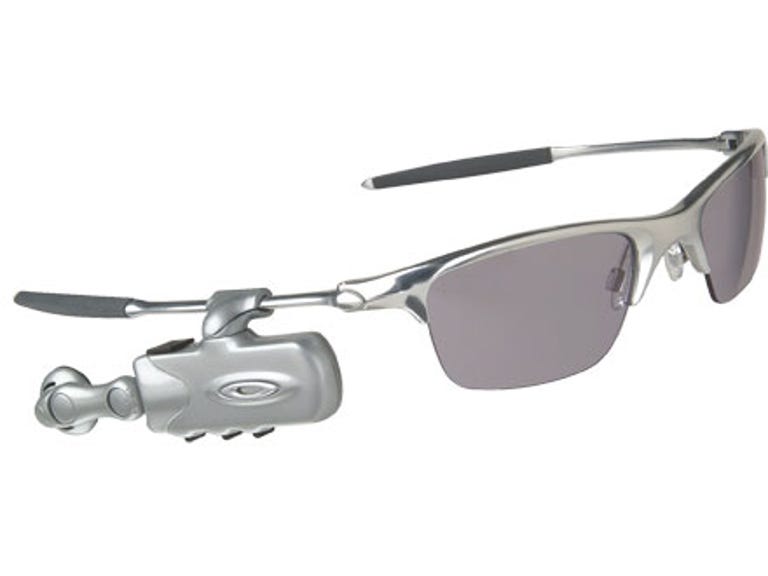 Why You Can Trust CNET
Why You Can Trust CNET Motorola RAZRWire review: Motorola RAZRWire
What can we say? The Motorola RAZRWire is easily one of the most comfortable Bluetooth (BT) headsets our ears have ever laid claim to. For sun-loving folks, it's the perfect eyewear amalgam of technology and fashion to soak up those solar rays in.
Since the time this writer had mistakenly tried wearing both an Oakley Juliet and a Motorola HS850 Bluetooth headset simultaneously (read: a very sore right ear), he has steered clear of a similar techno fashion faux pas. But the admiring glances he received on donning the RAZRWire has recently won him over.
The Good
The Bad
The Bottom Line
For long-time Bluetooth headsets users, one thing which irks us is the fact that most models utilise only one of the user's ears for support. Depending on the weight of said device, it can mean anything from a slight ache to a painfully sore ear at the end of the day. Comfort is the apparent missing link.
With the RAZRWire, the weight of the BT headset is mostly bore by the frame of the sunglasses. The weight is so negligible that without the single earphone inserted into our ear, it feels just like any regular Oakley sans BT headset. Kudos is in order for the versatility of this BT headset since with its double-jointed ball hinge, it can be easily adjusted to fit any ear shape. The clasp of the headset is secure enough to bear the brunt of a quick dash across the road, and yet is easily removed with a quick twist of the top.
 The RAZRWire fits on selected models of Oakley frames, including the Juliet frame as shown. |
Physical controls on the RAZRWire are limited to just three buttons located on the bottom of the BT headset. Besides performing primary functions -- voice dial, volume up/down -- each of the buttons also fulfills a secondary role when held down for a longer period. The voice dial button, for example, will perform a redial of the last number while the volume down button will mute a call.
The average battery life of the RAZRWire is three days.
Audio pickup is excellent with most callers unable to tell whether we are using a handsfree set or the main unit. Sonic clarity on our end is also top-notch with the earphone fitting snugly into our ear. Pairing up the Razrwire with the phone went without a hitch and, with Bluetooth 1.2, it's in line with the latest Bluetooth technology. On average usage, the RAZRWire had a battery mileage of roughly three days before it conked out.Users who like to use MP3 ringtones are out of luck with the RAZRWire. When our test Motorola RAZR was connected to the RAZRWire, the ringtone was automatically set to the default MIDI ringtone on both the BT headset and the main phone unit. We suspect this could be due to the limited sonic range of the earphone piece. |
